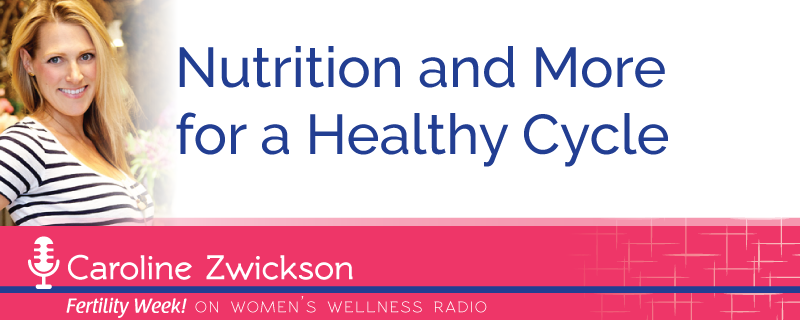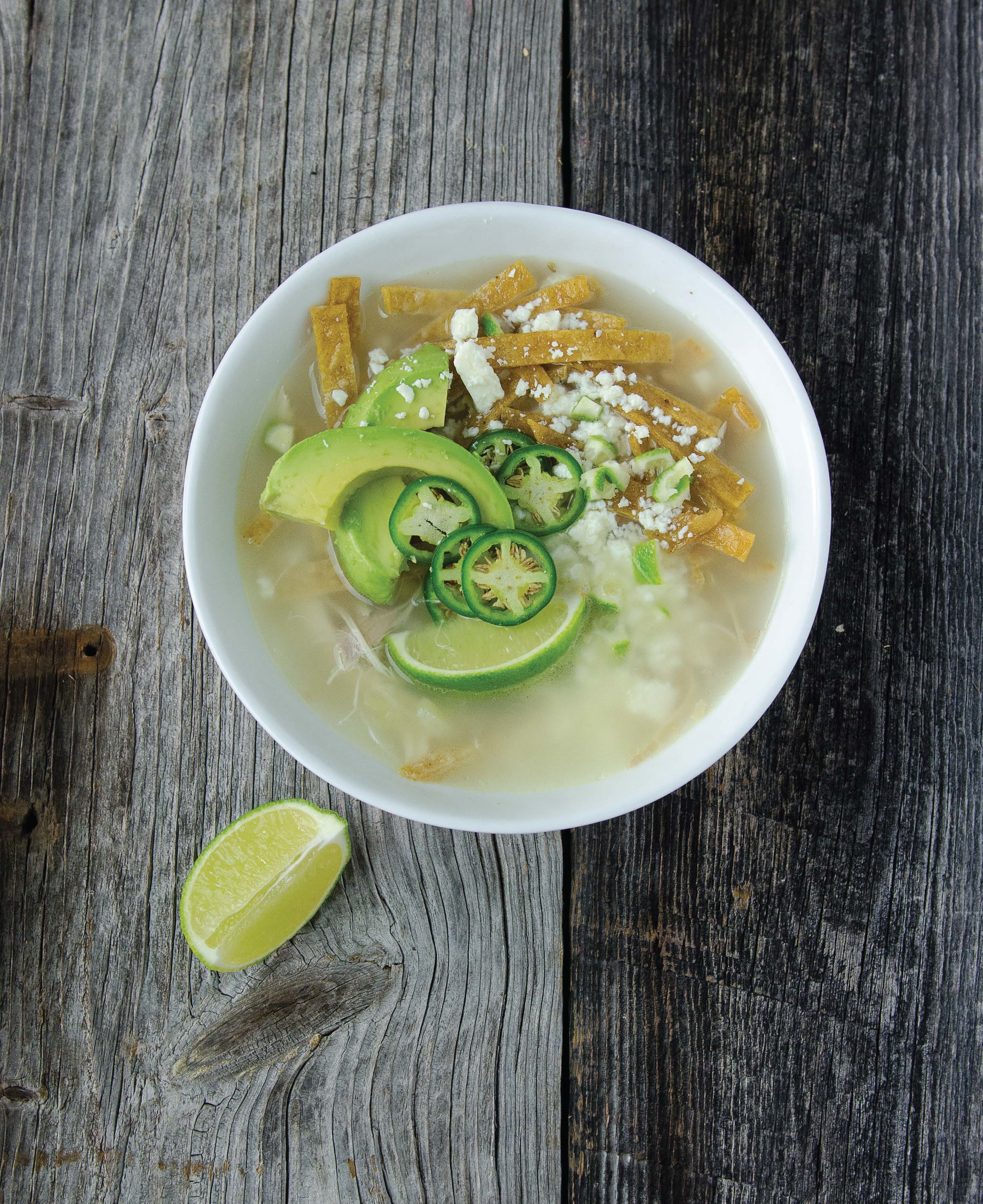3. Omega 3 for Menstrual Cramps
Whenever we have pain, including with menstrual cramps, there is usually inflammation.
Omega 3 is great anti-inflammatory substance. It has the ability to manage inflammation over the long-term and also in acute situations. (Source)
For a standard maintenance dosage, 2 soft gel capsules are enough. But if you are coming from a background of lots of inflammation and you’ve never taken omega 3 before, you may want to take 3,000 mg a day for a month.
It’s not well known that omega 3 can be used acutely at higher doses than 1,000 mg. For example if you feel a flu coming on, you can take 3,000 + mg of omega 3 a day, as it fortifies your cells’ walls so they don’t pass the virus. For cramps, you can take a higher dose to help reduce the inflammatory prostaglandin activity.
Another benefit of omega 3 is its ability to regulate the immune system in cases of autoimmune disease. Autoimmune diseases are more common in women, and Hashimoto’s Thyroiditis, an autoimmune thyroid disease, can contribute to estrogen dominance and resulting heavy periods and cramps.
Check out my favorite quality Omega 3 here!
If you are allergic to fish or on a vegetarian diet, you can take a DHA / EPA oil (these are two types of beneficial fat found in fish oil) made from algae instead of fish.
4. Anti-inflammatory Diet
Please don’t follow tips 1 - 3 without also creating a stable base with an anti-inflammatory diet. A big, big reason that women have menstrual pain is due to tissue inflammation from an inflammatory diet. Inflammation blocked hormone receptors, causing hormone imbalance.
Foods to avoid:
The whites- white bread, pasta, pastries and sugar
The drinks- wine, beer, juices, sodas, sweetened coffees and teas
The oils- seed oils like canola oil are inflammatory are found in most processed foods and restaurant foods
Foods to increase include:
Fatty fish like wild salmon and anchovies
Green vegetables
Berries like raspberry and blueberry
Fresh nuts and seeds like chia seeds and walnuts
Herbs like clove, ginger, cinnamon and rosemary
Foods high in fiber help clear excess circulating estrogen through the gut. As you learned earlier, keeping estrogen levels in a healthy range can reduce menstrual cramps caused by high prostaglandins.
Other Reason for Menstrual Cramps (Secondary Dysmenorrhea)
A. Uterine Positioning
As you can hear about in my interview with Rachel Eyre, if your uterus is adhered to other tissues and can’t move freely, it is forced to twist which can cause you pain. But you can treat that with specialized massage, castor oil packs or yoni steams, as Rachel explains.
The whole interview is great, but I’ll point out that at minute 22 we start to talk about cramps, and at minute 35 we talk about techniques that can help.
B. Endometriosis
Endometriosis can cause extreme pain, and also pain with intercourse, or bowel pain. If your cramps require prescription painkillers and days off work, you may need to find a practitioner to help determine if you have endometriosis.
Endometriosis occurs when endometrial tissue (the tissue that lines your inner uterus) is found outside the uterus. This misplaced tissue adheres to other tissues, and the endometrial tissue also responds to changes in your hormone levels with bleeding and inflammation.
Here is an article by our friend Melissa Turner at Endo Empowered about how to ready yourself for your period if you do have endometriosis. Some of the tips match mine above, but she has some great new ones too, including using warming herbs and exercise. Melissa and I also recorded a video on turmeric, which is another herb she uses to reduce inflammation and pain.
C. Adenomyosis
In this condition, the endometrial lining embeds within the uterine muscle, causing period pain or lingering pain after sex. Risk factors for adenomyosis are genetics, estrogen dominance, childbirth or a surgical cut into the uterus. An ultrasound or MRI scan can help with diagnosis.
D. Fibroids
Fibroids are tumors of the uterus that are non-cancerous 99% of the time. Up to 80% of women experience fibroids, and most women will be symptom free. Dark-skinned women have a greater chance of having fibroids. This is theorized to be related to low vitamin D levels in dark-skinned women, emphasizing the importance of vitamin D to our hormonal balance.
The mechanism of fibroids is not totally understood, but they grow under the influence of estrogen, so women with estrogen dominance are susceptible. Estrogen dominance is very common as women approach menopause, so women in their 40s are prone to fibroids.
Uterine fibroids can occur within the walls of the uterus, inside the uterus or outside the uterus. Fibroids can cause menstrual pain, pelvic pain, heavy bleeding, abnormal bleeding, fatigue and anemia.
We have a great interview on the subject with Dr. Allan Warshowsky here.
E. Copper IUD (Intrauterine Device)
I use a copper IUD for birth control and have very rarely experienced pain from it. But I have heard stories from other women in which they reacted very poorly to their IUD, having pain and heavy bleeding. This seems to be more common in younger women who have not gone through childbirth.
If you recently got a copper IUD, you may need a few months to adjust. If you suspect it is still a problem, consult with your physician. Also consider following my four tips above before you throw in the towel.
F. Pelvic Inflammatory Disease (PID)
If you have an untreated infection it can cause increased pain with your periods. Pelvic Inflammatory Disease occurs mainly due to STD (sexually transmitted disease), but can also occur after childbirth and pelvic surgeries, including abortions. It can cause cause infertility and can seriously stress your other body systems. According to Wed MD, one million American women experience PID each year.
Other symptoms of PID could be abdominal pain, painful urination, pain after sex, yellow or green vaginal discharge, chills/fever and nausea/vomiting. If you suspect a PID, see a doctor. And always practice protected sex with an untested partner. (Source)
G. Cervical Stenosis
I have never encountered this cause in my years or work, but it is a possible cause so I will share it. Cervical stenosis is a narrow or narrowing of the cervix, the lower portion of the uterus. If this area is narrow and your menstrual blood is trying to pass, this can case increased pain.
H. Uterine Shape
Some women have an irregularly shaped uterus that can lead to increased menstrual pain. These abnormalities are: bicornuate uterus (two uteri that lead to one cervix), septate uterus (normal uterus with a fibrous band of tissue bisecting it), unicornuate uterus (a uterus that develops from only one mullerian duct), uterus didelphys (two uteri, two cervices, and a septum, or membrane, dividing the vaginal canal). (Source)
These conditions can be diagnosed by medical imaging, and are sometimes diagnosed during a C section.
I hope this article helps you get out of some monthly distress!






![Omega_Concentrate__40058.1592927171[1].jpg](https://images.squarespace-cdn.com/content/v1/53b1df7ee4b0dc3e7be6bb86/1599937837406-UAML3GHTEHUR0HXBPKP9/Omega_Concentrate__40058.1592927171%5B1%5D.jpg)
![Inflammation-Kit__82984.1600121059[1].jpg](https://images.squarespace-cdn.com/content/v1/53b1df7ee4b0dc3e7be6bb86/1600273713885-K78LL9X7JCQ2B3BJL2I3/Inflammation-Kit__82984.1600121059%5B1%5D.jpg)






















